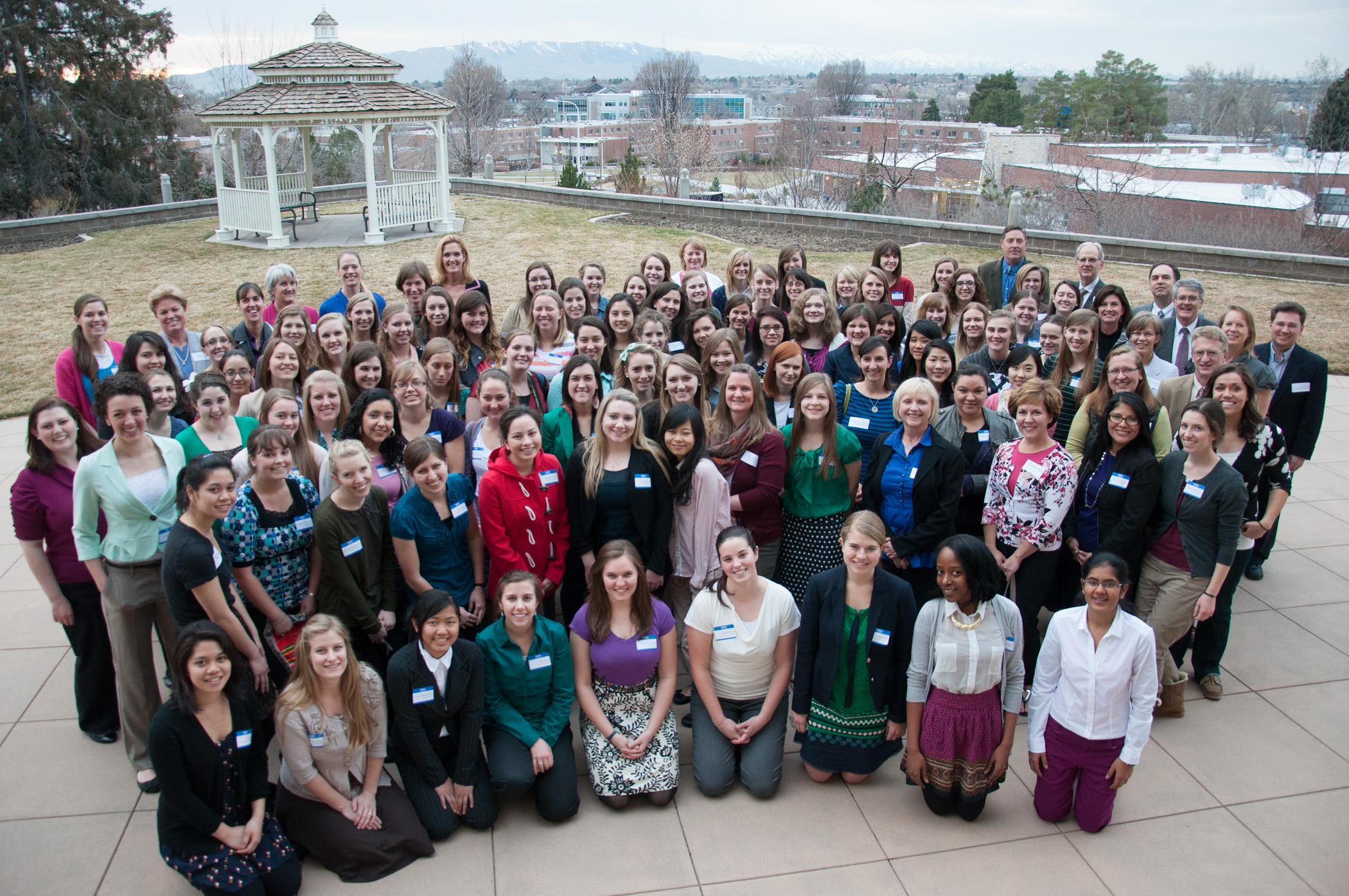
Student athletic facilities at BYU
What if I told you that the most prestigious university in the state of Utah is providing its students with the worst athletic facilities in the state? They are crowded, outdated, run-down, and unsanitary. These problematic issues create physical, mental and financial strain on students and should be addressed immediately.
Current student athletic facilities at BYU fail to promote physical health. For the current 30,000 students attending BYU there is not enough equipment or space available to allow students to enjoy the benefits of a healthy life style. Students must wait in long, sweaty lines to use the outdated equipment. This causes stress and destroys the euphoria provided by exercise.
In addition to the blatant disregard given to physical health, these facilities also prevent students from obtaining a balanced mental stability. The shortage of windows is an example of ways these facilities obstruct student’s ability to excel. Students’ emotional sanity and educational ambition are hindered.
The compilation of these issues encourage students to seek out other resources, which increase the financial strain already placed.
BYU prides itself on creating a spiritual, safe, learning environment, but is missing key aspects in helping students reach their full potential. They are instead creating a physical, mental and financial strain on students. This is a pressing issue that needs to be fixed.
—Dtahany Gutierrez
Blackwood, New Jersey
—Michala Ellis
Knob Noster, Missouri
—Kaylie Wells
Wentzville, Missouri
—Andrea Cabrera
Heber City, Utah
Everything you need to know about your new UTA pass
Starting August 2018, BYU students, faculty, staff and their dependents will have access to all UTA services for free. The new BYU IDs grant access to various forms of public transportation.
There are several transit options near BYU to choose from, including bus lines, Bus Rapid Transit and FrontRunner.
Several bus lines run through Provo and Orem. These buses come once every 15 minutes. Riders will need to have their new BYU ID on hand. To access the free fare, riders should tap their card on the bus. To request a stop, riders can pull on the cords that will be stationed near their seat. As riders exit the bus, they should tap off again at either set of doors.
The new Bus Rapid Transit in the Provo/Orem area was named the Utah Valley Express. It opens on August 13, 2018. Bus Rapid Transit systems are far more effective than regular bus lines. BRT systems use sixty foot buses with their own lane in the middle of the road. The bus also comes every six minutes at peak travel times. The Utah Valley Express will connect the Provo and Orem FrontRunner stations, as well as BYU and UVU campuses.
Lastly, the FrontRunner is a commuter train that runs from Pleasant View to Provo. It leaves every half hour and is perfect for long-distance travel. It also connects to TRAX, the light-rail system in Salt Lake. There are FrontRunner stations in Orem and Provo, with connections to both the bus routes and Utah Valley Express. To ride the train, users simply tap on at the station and tap off once they exit.
Public transportation is now the best way to get around at BYU.
—Samantha Aramburu
Riverton, Utah
Women in engineering
When people find out that I am a civil and environmental engineering student, I often hear how the world needs more female engineers. However, the world cannot simply say more women need to join engineering, proceed to tell them they are just as good as men, back this up with research and expect them to fit into the same “engineer mold” that has existed for generations.
The truth is there are some things that should change about the engineering field, and many technical fields as well, to better fit women.
Sure, many girls are more interested in fields other than engineering, but of the women who are interested in pursuing the degree, too many of them end up switching out of the major. Not to mention the large percentage of women who earn engineering degrees, but later end up leaving the field.
Research studies have found that many women feel oppressed in the field because it is difficult to get promoted and they don’t feel like they fit in with the overarching system.
If women are just as good in STEM fields as men, then the women themselves must not be the problem. Therefore, it must be the system that has been set up – yes, maybe even subconsciously – to make the engineering environment unsuitable, unequal and sometimes just plain uncomfortable for women. The problem will never be resolved until better solutions are found and real adjustments are made.
—Kristen Amendola
Kelseyville, California




